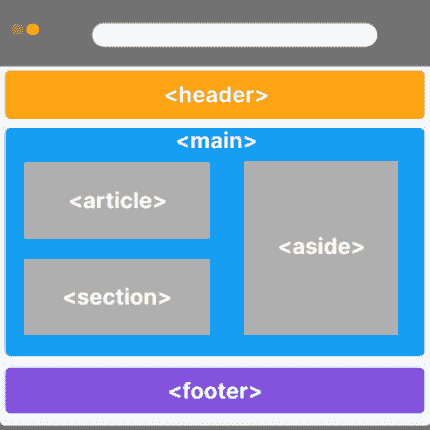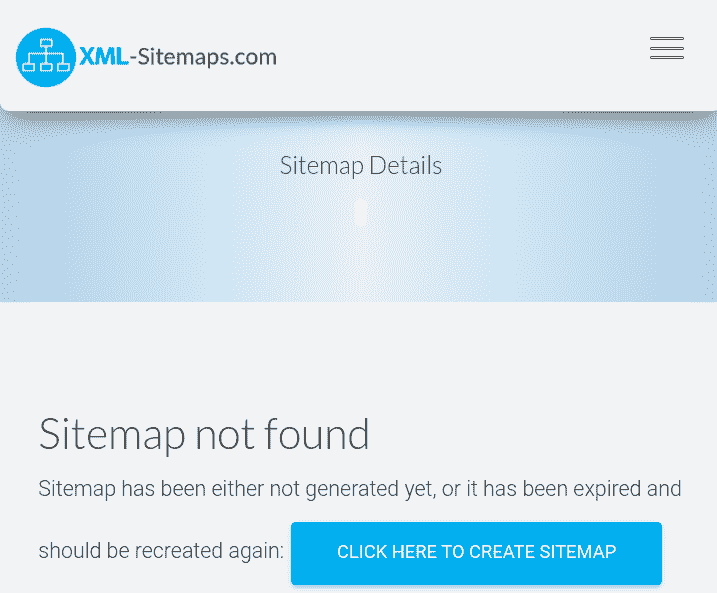What is the domain format?
This is simply the structure and configuration of a website's domain name, including the
Protocol
,
Sub-domain
,
Domain-name
, and
Top-level domain.
Click the Underlined text to show some explanation.
**Best Practices**
- Use a secure and trusted connection to link your website domains (https)
- Choose a domain name that best describes the purpose of your site and could target keywords probably.
- Use Sub-folders for organizing and structuring content, they are usually preferred over sub domains
- Always implement canonicalization to avoid duplicate content issues
Note: Canonical tags are written in the head section of the html page




